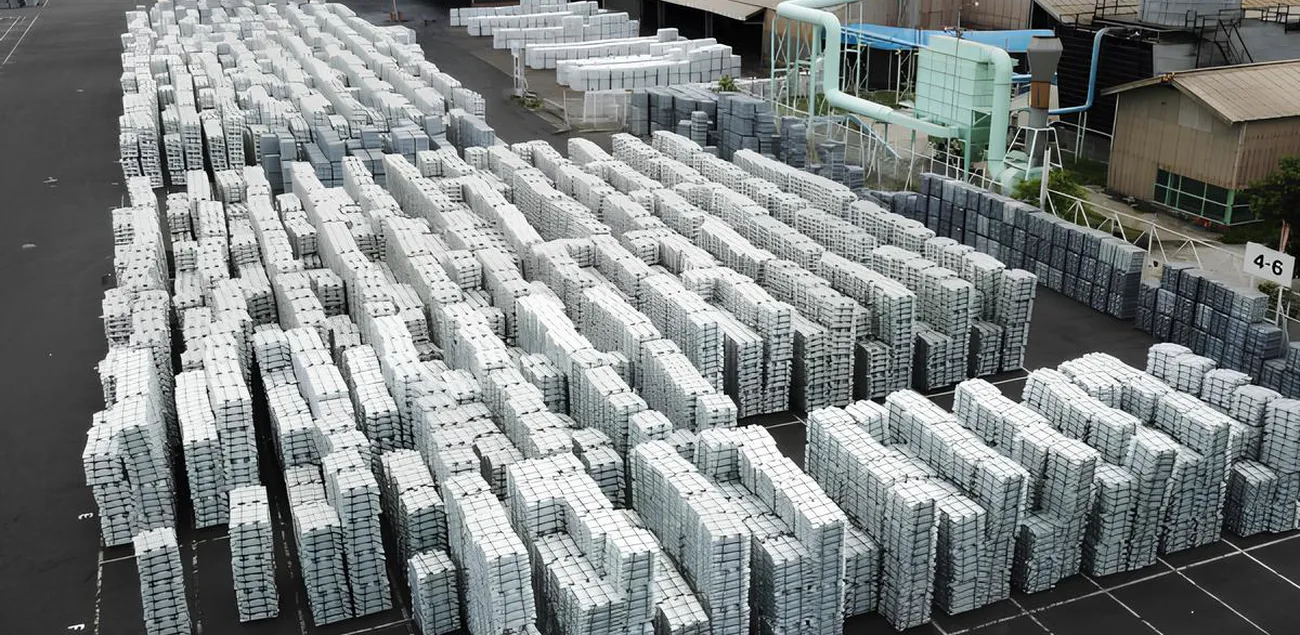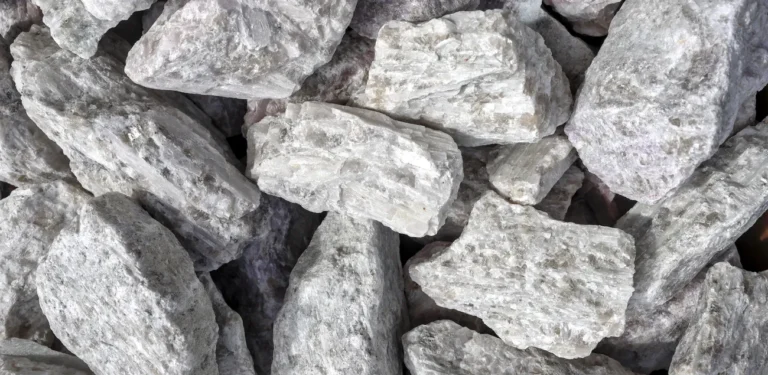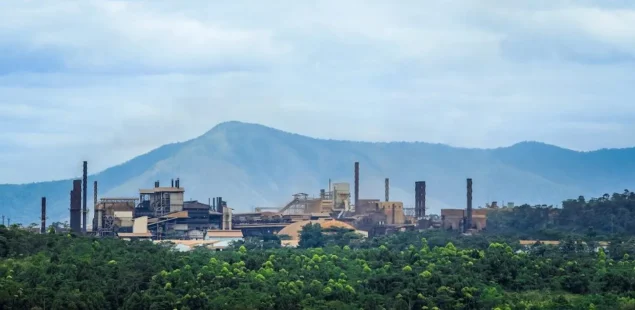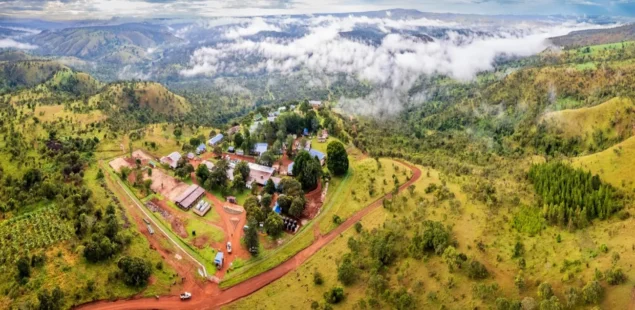
Inalum, the state-owned aluminium producer, has asked the Indonesian government to tighten raw-material import rules and stimulate domestic demand after Washington doubled its tariff on imported aluminium to 50 per cent. Company president Melati Sarnita told Parliament the new US levy could slash exports of processed Indonesian products by about 30,000 tonnes next year, squeezing converters that rely on Inalum’s ingots.
US Tariff Shock Reverberates Down the Value Chain
President Donald Trump’s proclamation on 30 May raised the Section 232 duty on aluminium and its derivatives to 50 per cent, effective 1 August. While Inalum itself primarily sells semi-finished ingots, the blow will land on Indonesian extruders and foil makers that export to the United States. About three-quarters of their shipments draw on Inalum metal, according to company data. Sarnita warned legislators that without alternative offtake at home “the export of processed products is at risk of falling by around 30,000 tonnes”.
Domestic Demand Gap and Policy Remedies
Indonesia imported 54 per cent of its aluminium requirements in 2024 despite holding South-East Asia’s only primary smelter. Local offtake absorbs just 48 per cent of Inalum’s output; the rest leaves the country in unalloyed form. To close the gap, Sarnita urged ministries to revise import rules so downstream manufacturers must prioritise domestic metal where quality grades match, mirroring schemes already applied to steel. She also advocated fast-tracking value-added projects, including new billet casthouses and rolling mills tied to the $941 million West Kalimantan alumina refinery that came on line last year.
Long-Run Demand Tailwinds from Energy Transition
Industry projections aired at the 2025 Indonesia Critical Minerals Conference show national aluminium consumption rising six-fold by 2055 as solar-panel installations, electric-vehicle bodies and power-grid conductors proliferate. A single megawatt of photovoltaic capacity contains roughly 21 tonnes of aluminium framing; Indonesia’s solar roadmap envisions more than 32 GW of cumulative installations by 2045, implying demand of about 670,000 tonnes from that segment alone. Inalum sees this structural pull justifying a planned expansion from today’s 274,000 tonnes to 300,000 tonnes of smelting capacity by 2026.
Company Background and Market Context
Founded in 1976 around the Asahan hydro-electric scheme in North Sumatra, Inalum is Indonesia’s sole primary smelter, posting record output of 265,546 tonnes in 2024. The group is part of state holding miner MIND ID and owns 20 per cent of the country’s new alumina refinery alongside Aneka Tambang. More than half of its ingots move to Japan and the United States under long-term contracts. The tariff shock follows other external pressures: European duties on Russian metal are diverting cheap material into Asia, capping regional premiums, while LME cash aluminium has hovered near US$2,570 a tonne, up 7 per cent year-on-year but well below the 2022 peak.
Aluminium is vital for light-weight transport, packaging and renewable-energy hardware. Global demand grew 3.4 per cent in 2024 to 73 million tonnes, and analysts expect a moderate surplus this year as Chinese smelters ramp back to full utilisation. Prices remain sensitive to energy costs and trade policy shifts such as the latest US tariff hike.



